


The history of Okuizome is long, and it is a traditional event that has been carried out since the Heian period (794-1185 AD).
At that time, on the 50th day after a baby is born, a "50th day celebration" was held in which rice cakes called "ika no mochi" were placed in gruel (a type of liquid food) and then the baby was given a small amount of the rice cake with chopsticks. Eventually, the 50th day celebration became the 100th day, and this is said to be the beginning of Okuizome.
During the Kamakura period, the rice cake was replaced by fish meat, and the dish came to be called "Manahajime" (the beginning of true fish). This is described in many classical texts, such as "The Tale of the Heike."
During the Edo period, the modern-day Okuizome ceremony took shape, with people preparing food and dishes on a tray and pretending to feed the child.
In the past, hygiene and nutrition were not perfect and it was very difficult for a baby to grow up healthy, so in addition to the 100-day celebration, there were also rituals and celebrations to pray for the baby's growth at various seasonal turning points, such as shrine visits and one-sho rice cake celebrations.


[Grilled fish with head and tail]
Grilled fish that is complete from head to tail is considered to be auspicious. It is common to prepare grilled sea bream, as the word homonym omedetai (sea bream) sounds auspicious.
[Soup]
It is a clear soup made with a rich stock, with the hope that the baby will "suck vigorously and grow strong", and the traditional ingredients are sea bream and carp. In recent years, it is common to add clams, as a prayer for the baby to be "blessed with a good partner".
[Stewed dishes]
It varies depending on the season and region, but carrots and radishes, which represent the auspicious "red and white," are often used. Pumpkins and shiitake mushrooms are sometimes cooked into a hexagon to resemble a turtle shell, and shrimp, which is considered an auspicious ingredient, is also used.
[Pickles]
The sourness of the food has the effect of refreshing the mouth and resetting the palate. Pickled seasonal vegetables in rice bran are a good choice.
[Red rice]
Since ancient times, the color red has been believed to ward off evil spirits and ward off evil spirits. Red rice is an essential dish at celebratory occasions such as the first meal of a baby.
The menu varies depending on the region and may include local specialties. There is no set rule that says it has to be a certain way. Each family should prepare a celebratory meal and pray for the baby's future health and happiness.

Around 100 to 120 days after birth, this is the time when a baby's baby teeth begin to grow in, and people celebrate with joy and gratitude for growing big enough to have teeth, and with hopes for their continued healthy growth.
In some regions, it is celebrated on the 110th or 120th day. Celebrating after 120 days is called "eating longevity," and can represent longevity.
In the past, the eldest grandparent in the household would be the first to put chopsticks to the baby's mouth during the Okuizome ceremony, but this was the custom back when it was common for large families to live under the same roof. Nowadays, it is often celebrated in a small, private setting with just the family, as it is sometimes held when the couple is busy after the birth of a child. Don't get too hung up on the formalities, celebrate in a way that suits your family, celebrate the baby's healthy growth over the past few months, and pray for its continued healthy growth.




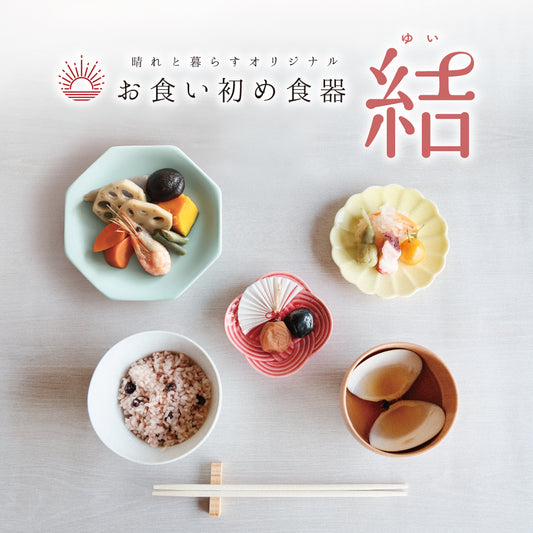
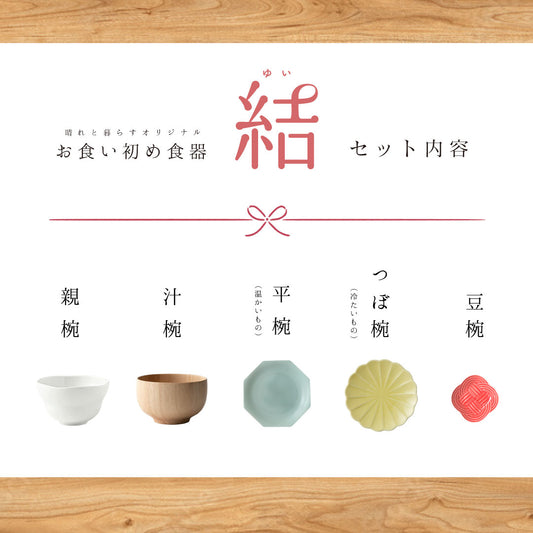
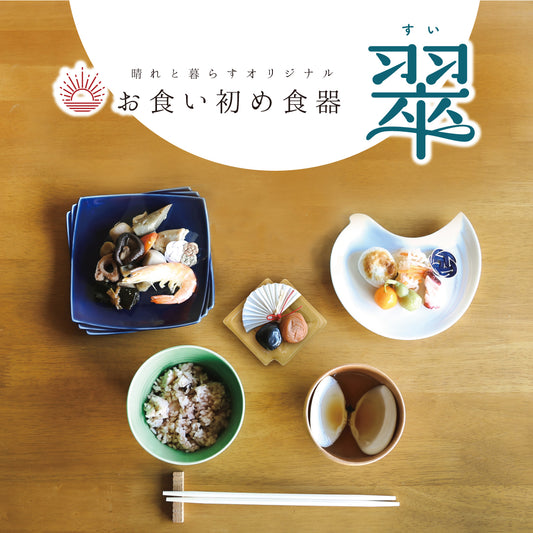
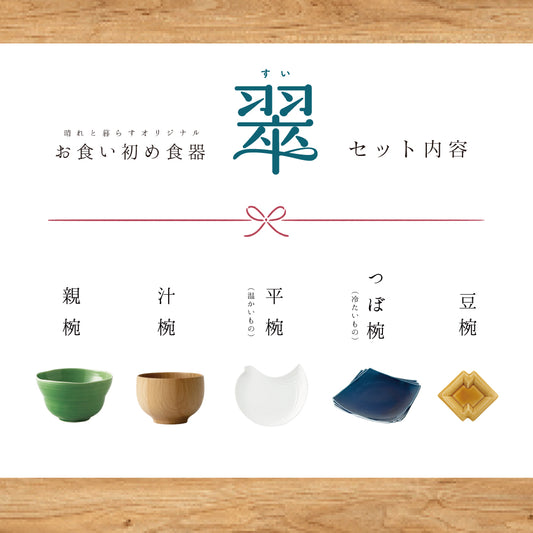
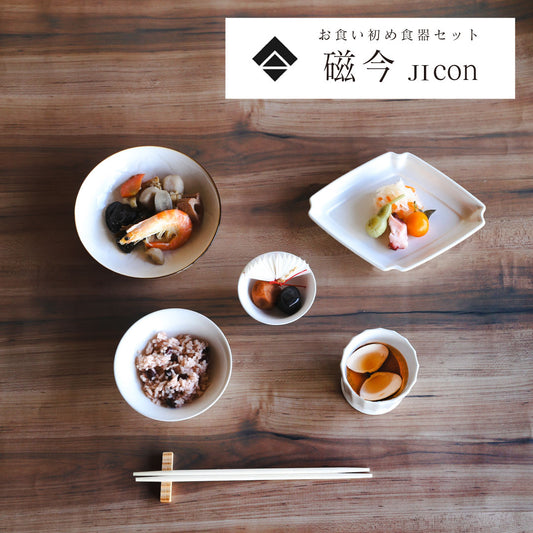
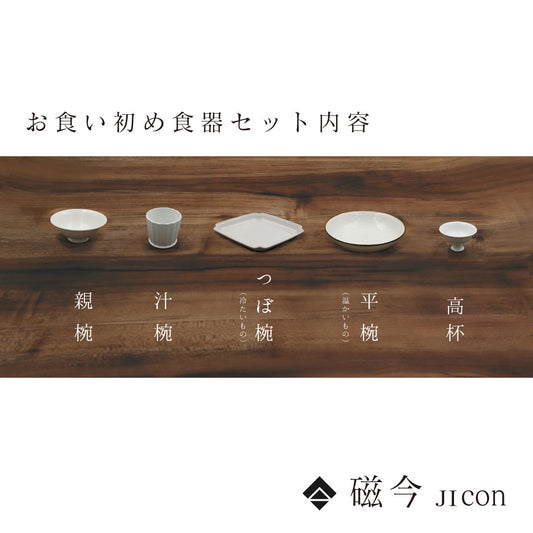
![Celebration Mizuhiki 3-piece set [Personalized item]](http://hare-kura.com/cdn/shop/files/mizuhiki_01.jpg?v=1701223117&width=533)
![Celebration Mizuhiki 3-piece set [Personalized item]](http://hare-kura.com/cdn/shop/files/mizuhiki_02.jpg?v=1701223124&width=533)









